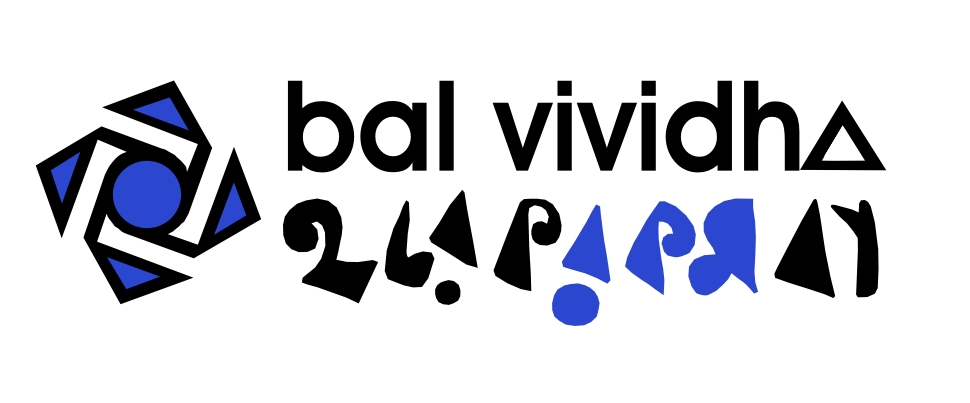
SHOBDO KOLPO BHROM
SOUND IMAGE ILLUSION
A movie festival for youngsters to view and discuss films from
all over the world
It is easy to guess that one of your favourite pastimes is watching movies on a computer screen or in a movie hall. When the screen lights up, the magic of cinema begins to work. Lives of strangers begin to unfold in front of you. You quietly watch these strangers laughing, crying, fighting, dancing, living, dying. You begin to identify with them, you begin to live their lives by proxy. The movie begins to grow on you. For two hours you are sucked into somebody else’s world. Even when the harsh lights come on, the movie stays with you. In fact, it lives only inside you. You can play it back in your mind again and again.
But don’t you think the movies that you get to watch are rather similar in the stories they tell, in the people and places they present? In Shobdo Kolpo Bhrom we shall endeavour to bring to you movies from all over the world – real life stories and stories of fictitious characters, easy to watch popular films as well as more intriguing experimental ones. You will see how a Cuban boy, an avid football fan, not being allowed to enter a football stadium or an Iranian boy running to the end of the town to put his goldfish back in the water. You will realize that even if they speak a language you don’t understand or follow customs unfamiliar to you, they have so much in common with you. You will also realize that so many little things in life can bring so much joy.
Every movie you watch will be introduced by a person who understands films well. After the screening she/ he will facilitate a discussion among you where you will be free to point out what you liked or disliked in the film and why. This exercise will give you an insight into the mechanism behind the magic of movies. You will gain some understanding of how movies cast their spell on us. The discussions will also bring to the forefront the issues addressed in the movie and how these issues affect your everyday life.
Besides screenings and discussions, look out for other activities too. (See below for details).
Movies are also an excellent tool for learning. Teachers are encouraged to attend the screenings and discussions so that later they enliven their classroom teaching with snippets of these and other movies.
All children and adults are welcome to the festival. Click on the picture below for the screening schedule and to know more about the individual films, scroll down and click on the respective film names. Shobdo Kolpo Bhrom is a part of Bal Vividha.
 Schedule
ScheduleANDERS ARTIG
FRIENDS
CHILDREN OF NOMADS
THE SNAKEBOY AND THE SANDCASTLE
SOAPBOX RACE
WAITING
LITTLE PEACE OF MINE
THORA PYAAR THORA PEACE
COLOUR OF PARADISE
PUPPETRY
PLEASE VOTE FOR ME
A SUNNY DAY
SIX DRUMMERS AND AN APARTMENT
SHAUN THE SHEEP: STILL LIFE
MORE LIPSTICK
PRETTY BIG DIG
ONE LOKMAN
SHIMA 8 YEARS OLD
MY FAMILY
KALVETTU
THE OTHER WAY
THE MAGIC TREE: DEVOURER OF BOOKS
STARK! KEVIN – HEAR ME OUT
BEYOND BELIEF
DESPERADOS
BAAJA
KINDERGARTEN
Express your love for cinema. Participate in the following competitions
WRITE A COMMENT
Write a comment of the film you have watched at the Shobdo Kolpo Bhrom festival in not more than 500 words. You may write in English, Bengali or Hindi. In your comment, do not write the story of the film, but explain in your own words why you have liked the film and what you think are the most memorable scenes or images in the film.
DESIGN A POSTER
If you are a good artist or cartoonist or designer, design a poster of the film based on the scene you liked best in the film.
Write your name, age, class and address and submit to your class teacher by the 30th of September or mail your write up to subha.dasmollick@gmail.com
In each category, there will be three prizes each for students of classes VI to VIII and classes IX to XII.. There will be several consolation prizes
The best reviews and posters will be uploaded in the Shobdo Kolpo Bhrom blog.
























